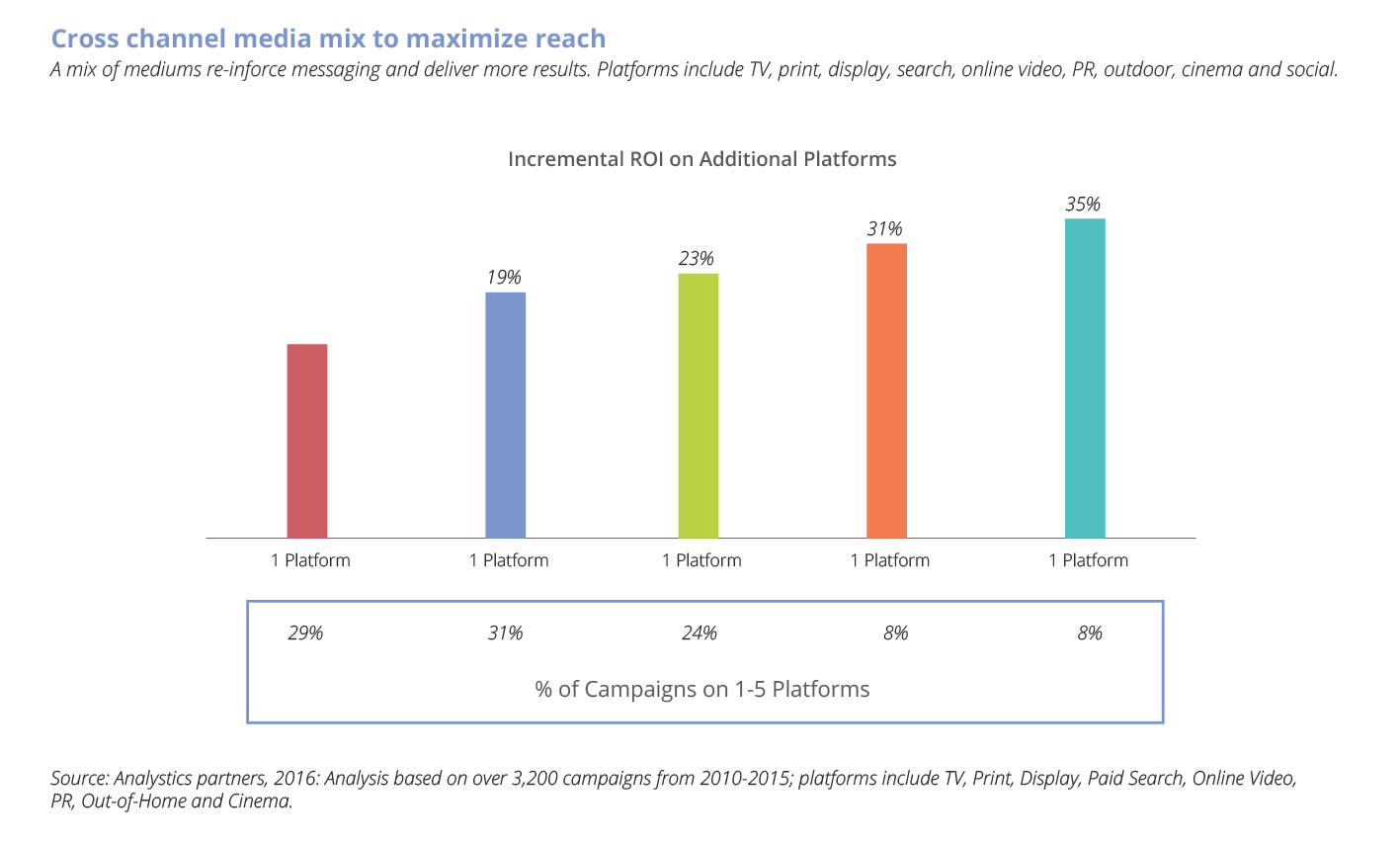Sign up for our LAVY email
and get our bi-monthly newsletter.
Audience matters. Especially when it comes to buying media to promote post-secondary education.
What speaks to an undergraduate may fall flat with a master’s-level student or a doctoral candidate. Your marketing messages, therefore, need to be laser targeted—including the media tactics and channels you use to deliver them.
The same holds true when appealing to those who are interested in enrolling for online school compared to someone interested in the on-campus college experience.
In addition, various age groups or generations gravitate more not only to particular media channels, but to specific publishers within categories within media-buying options.
Much of your next class of incoming freshman are still in high school. That means they are teens and fit within multiple gray areas when it comes to advertising.
 For starters, because they are minors, available data is different. They are not as identifiable. And you cannot target them directly. Consider advertising in video games, for example. We know that teens play them, so they must be seeing ads placed within them. The tracking systems, however, are not able target teens specifically, so the data for teens isn’t there.
For starters, because they are minors, available data is different. They are not as identifiable. And you cannot target them directly. Consider advertising in video games, for example. We know that teens play them, so they must be seeing ads placed within them. The tracking systems, however, are not able target teens specifically, so the data for teens isn’t there.
What’s a college marketer seeking potential incoming freshmen to do?
Fortunately, there are many ways to overcome a dearth of teen data. Begin by becoming familiar with the channels teens use to consume media and the types of media they prefer. You’ll find high school seniors streaming music, for example, so commercials on Pandora or Spotify in genres popular with teens is an effective way to reach them. Once you have identified the most appropriate music format, add an interest and a topic to triangulate a data set for the types of teens you wish to reach.
Programmatic ads take into account the context of the digital medium using aggregated data to target your audience. In other words, the actual members of the audience are not visible to you, the marketer. Privacy of teens remains intact while you retarget them as they continue researching until they make a decision.
Still need to identify your digital audience? Using geofencing (mobile location-based targeting) in the physical places where teens hang out is another effective tactic. It involves setting up invisible perimeters that identify when mobile devices are within a designated area. College recruiters can use them to send highly targeted messages in real time based on location. Messages carefully scripted for use while teens are still at the mall, on campus, at school or attending a club sports activity.
In addition, geofencing can be used for information gathering. By identifying the phones used in designated areas, marketers can continue to reach them after they’ve left the geofence using popular digital channels. Because high school students use social media to research schools, buying digital media to augment their organic searches makes a lot of sense for colleges, universities and trade or vocational schools.
Parents of incoming freshmen are key in the decision-making process, so including them in college recruitment marketing makes sense. In fact, parents play a more pivotal role than they realize when it comes to their teens’ choices in general—including where they will attend school.
Internet Protocol (IP) targeting is an effective way to reach the entire household. That’s because many homes have a single IP address which parents and children use to access the internet.
Both audiences will see the same messages, so keep that in mind when drafting the ad copy and choosing images for the design. By keeping your school’s ads relevant to everyone within the household, they will be more likely to resonate.
Any discussion of media buying would be incomplete without addressing your educational organization’s budget. There’s a process our professional media buyers at LAVIDGE use to develop efficient use of funds in your media plan, and for maximum reach, you should follow one too.
Your planning checklist should include an analysis of your:
Your media plan and budget should include a timeline. Run ads far out enough to catch students and their parents while they are in the research and consideration phases. You also want to run them close enough to enrollment deadlines to convey a sufficient sense of urgency to request information or apply now.
Once your ads begin to run you should be able to narrow in on the most qualified audience. If your budget increased, what could you add to better reach them? If your budget decreased, what could you cut without losing your best lead potential?
If you need to reach more parents consider advertising on Hulu and adding traditional media to the mix such as terrestrial radio, linear TV or outdoor. If you need to reach more teens, boost your spending on streaming radio and YouTube.
If you need to attract more students for a specific program, bear in mind these can be extremely niche audiences and might not be as broad as you thought. This is where buying ads in specialty magazines comes into play. Foreign Affairs magazine, for example, would offer high visibility for those interested in pursuing a specialized degree such as a global master of business administration (MBA).
Start the refining process by looking at your student base. Where are your converting leads coming from? Keep in mind that some of it is gut. All media cannot be measured. It doesn’t mean it isn’t working. Look for the halo effect, meaning take a holistic approach to analyze how various media support each other along the student journey to enrollment.
You know that a billboard right outside of your law school is a great place to advertise your juris doctorate program. So do your competitors. If you don’t buy it, someone else will.
The same holds true with outdoor media opportunities on or near your competitors’ campuses whether they are across town or across the street. Because schools are so competitive, keep in mind that some media purchases are made to block the other guy. It pays to position yourself to be on the most beneficial side of such scenarios.
There’s so much to media buying than we can cover in one sitting including multiple funnels, balancing budgets between channels to create the best overall effect. If you, or an agency on your behalf, dig deep enough in your CRM data you might discover hidden gems.
Leveraging your first-party data is the most efficient and effective way to target your alumni. Unlike most audiences, you already know who your alumni are and how to reach them. Target alumni when their kids are potential incoming freshmen to drive next-generation legacy students.
A LAVIDGE education client’s CRM-based list of alumni within a specific geographic area, for example, focused on their former students as the primary target with local students, parents and influencers as secondary targets. The goal of the campaign was to recommend brand media tactics to improve brand strength, build affinity for the school among alumni, increasing the likelihood they would recommend the school to the secondary audience.
If you need more information on how to maximize your CRM data, we’re an easy phone call or email away. A leading traditional and digital media buying and media strategy agency, LAVIDGE has worked with other undergraduate and graduate program. We’ve also worked with non-degree programs such as ISSA, and non-profit organizations which support the education industry. We’d love to help you, too.
Give us a call at 480.998.2600 or send email to info@lavidge.com.

Sign up for our LAVY email
and get our bi-monthly newsletter.